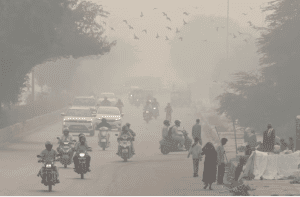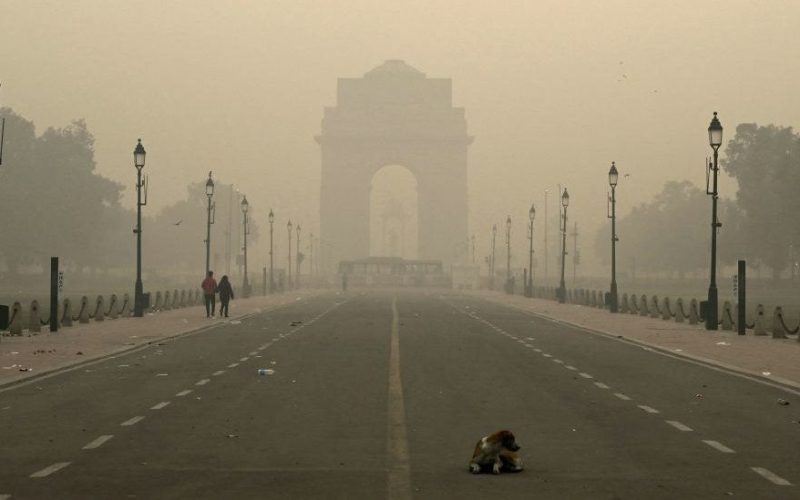Introduction
As Delhi grapples with a severe air pollution crisis, authorities are turning to an innovative solution – artificial rain. The unprecedented levels of air pollution in the city have prompted officials to explore unconventional methods to provide relief to residents and address the pressing environmental issue.
The Severity of Delhi’s Air Pollution Crisis
Delhi’s air quality has consistently ranked among the poorest in the world, with particulate matter and pollutants reaching hazardous levels, especially during the winter months. The situation poses significant health risks, leading authorities to seek out-of-the-box solutions to mitigate the impact on the city’s residents.
The Science Behind Artificial Rain
Artificial rain, or cloud seeding, involves the introduction of substances into clouds to encourage precipitation. In the context of air pollution, this technique aims to remove particulate matter and pollutants from the air by inducing rain. The particles in the air serve as nuclei around which water droplets can form, eventually falling to the ground as rain.
The Potential Benefits
- Air Quality Improvement: Artificial rain could potentially lead to a substantial improvement in air quality by reducing the concentration of pollutants in the atmosphere. This, in turn, would contribute to a healthier living environment for the residents of Delhi.
- Immediate Relief: Unlike some long-term measures that take time to yield results, artificial rain has the potential to provide relatively immediate relief from the immediate impact of high levels of air pollution.
- Innovative Problem-Solving: The deployment of artificial rain demonstrates a commitment to innovative problem-solving. Delhi’s authorities are exploring unconventional methods to address the complex and multifaceted challenge of air pollution.

Challenges and Considerations
While artificial rain presents a promising avenue for addressing air pollution, it comes with its set of challenges and considerations. These may include the need for careful monitoring to prevent unintended environmental consequences, as well as the assessment of the long-term effectiveness of such measures.
Conclusion
Delhi’s decision to turn to artificial rain reflects the urgency and determination with which the city is tackling its air pollution crisis. As the world grapples with the broader issue of environmental sustainability, innovative solutions like cloud seeding underscore the importance of exploring diverse approaches to mitigate the impact of pollution on both the environment and public health. The success of such initiatives could set a precedent for other urban centers facing similar challenges, offering a ray of hope for a cleaner and healthier future.
Visual Table for Key Points:
| Key Points | Details |
|---|---|
| Delhi’s Air Pollution Crisis | Overview of the severity of the pollution crisis in Delhi |
| Artificial Rain: A New Approach | Understanding the concept and its potential impact |
| Scientific Basis for Implementation | How artificial rain addresses pollution |
| Dr. Priya Sharma’s Insights | Expert analysis on the environmental implications |
| Challenges in Implementation | Identifying obstacles in adopting this method |
| Air Quality Monitoring | Assessing the effectiveness through data |
| Public Reaction and Engagement | Community involvement and perceptions |
| Comparison with Other Measures | Evaluating the effectiveness in comparison |
| Sustainable Solutions for Delhi | Exploring long-term strategies for clean air |
| Future of Environmental Innovation | Dr. Priya Sharma’s perspective on sustainable solutions |
Organic Keyword Usage:
- Delhi air pollution crisis
- Artificial rain for pollution control
- Environmental scientist analysis
- Air quality monitoring
- Sustainable solutions for pollution
Introduction:
As Delhi grapples with a severe air pollution crisis, a pioneering solution emerges—artificial rain. This article delves into the innovative approach adopted by the city to combat pollution, exploring the scientific basis, challenges, and potential impact. Dr. Priya Sharma, an environmental scientist, provides expert insights, shedding light on the broader implications of this bold move toward cleaner air in Delhi.
Human-Centric Formatting:
Join us in exploring Delhi’s proactive step toward cleaner air through artificial rain. Dr. Priya Sharma adds a human touch to the scientific details, offering expert analysis on the potential impact and challenges. A visually appealing table distills key points, ensuring readers grasp the significance of this innovative approach in a reader-friendly format.












